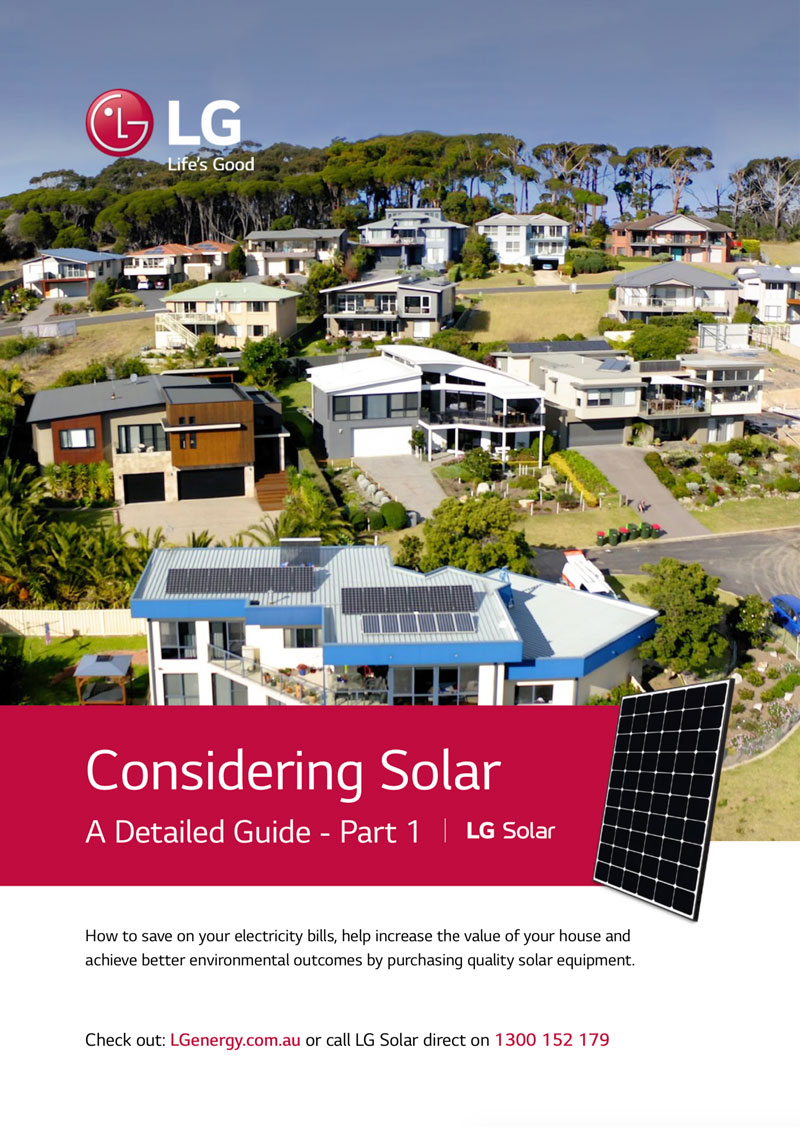How does the sun makes electricity?
When special types of silicon are hit by sunlight they generate very small amounts of electricity. It’s know as the photoelectric generation effect and means that electrons are being ejected from the surface of the solar cell in response to the sun’s light. This describes the basic principle by which a photovoltaic (PV) solar cell transfers sunlight into usable electricity.
Sunlight has a range of solar spectrum and is made up of photons. When photos hit a solar cell they can be reflected or absorbed by the cell. The absorbed photons then generate the electricity as described above in the PV cell, which at that point acts as a semiconductor. When manufacturer’s increase the efficiency of solar cells they aim to have less sunlight reflected by the cell and more of the light absorbed. This increase of efficiency by the cell, then leads to a higher efficiency of the solar panel, as nowadays a majority of solar panels contain 60 solar cells and measure about 1 meter in width and about 1,6 meter in height. So if each of the 60 cells becomes slightly more efficient the whole panel will be more efficient.
By getting the energy from the sun the electron moves from its position in an atom of the solar cell and becomes part of the current flowing through the electric ribbons of the solar panel and start to generate DC electricity, which can get harvested through the junction box and leads at the end of a solar panel and be ready for use after having been converted from direct current power to alternate current power by a string inverter or micro inverter.

